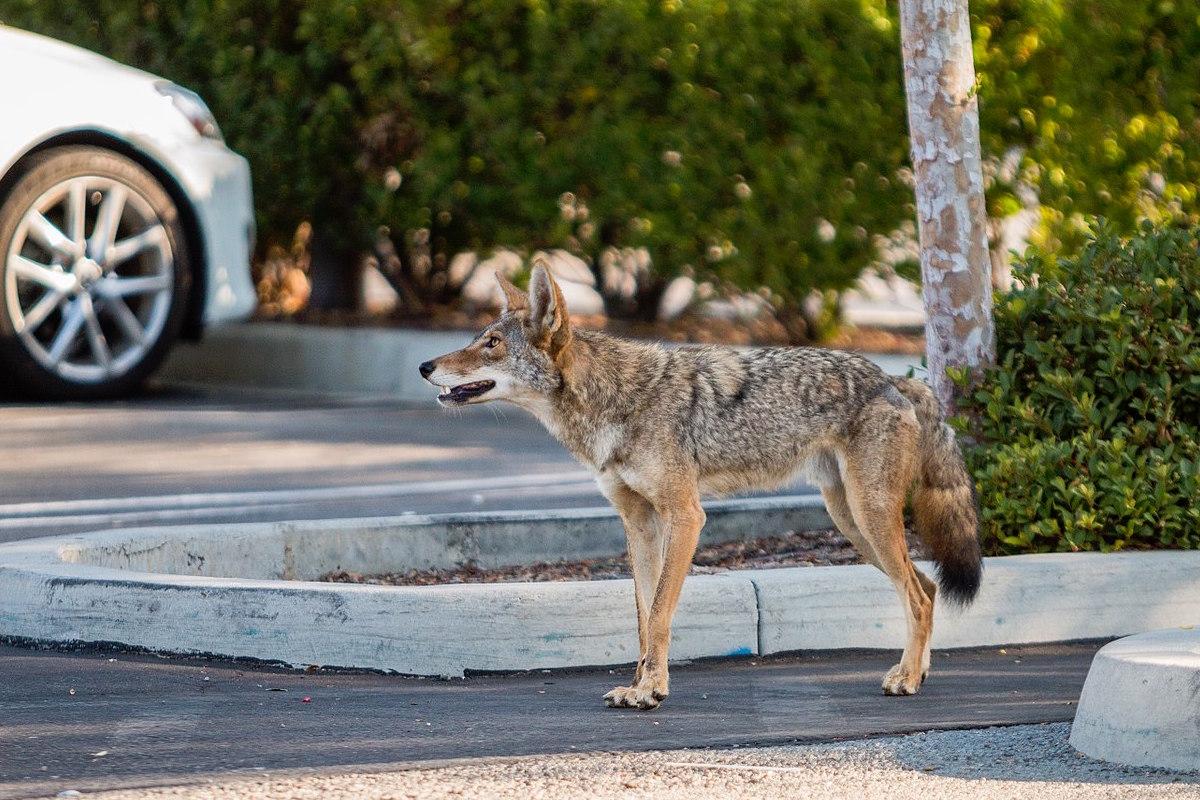It’s nighttime. The moon is bright, and the day’s hubbub has quieted. In the distance, you hear a coyote howl.
This scene sounds like something from the U.S. countryside. Increasingly, however, you’ll hear those howls in the town streets.
These city dwellers are known as urban coyotes, and they’re far more common than you might expect. Coyotes once mostly lived between the Mississippi River and the Pacific Ocean, and in Canada and Mexico too. Around 1900, as the country became more developed, coyotes began to move in all directions, especially east. They first took up residence in farmland, where prey was plenty and other predators—like wolves and cougars—had been hunted to near extinction.
Coyotes, however, didn’t stop there. In the past few decades, their presence in urban and suburban areas has drastically increased, and they now live in just about every US city.
Like humans, coyotes enjoy all the resources a city offers, and they’re highly adaptable. They thrive on the abundance of food and the absence of natural predators. Cities are home to squirrels, rabbits, and birds—and cat food, small pets, and rats, all of which make a good dinner to a hungry hunter and scavenger. Cities also possess plenty of hidey holes, where a coyote can curl up and pass the day, even as humans walk the nearby sidewalks.
While many people are afraid of coyotes, there’s no need to hunt them out—coyotes rarely attack humans, and are more afraid of us than we are of them. If you do encounter one, make yourself big and loud to scare the coyote away.









